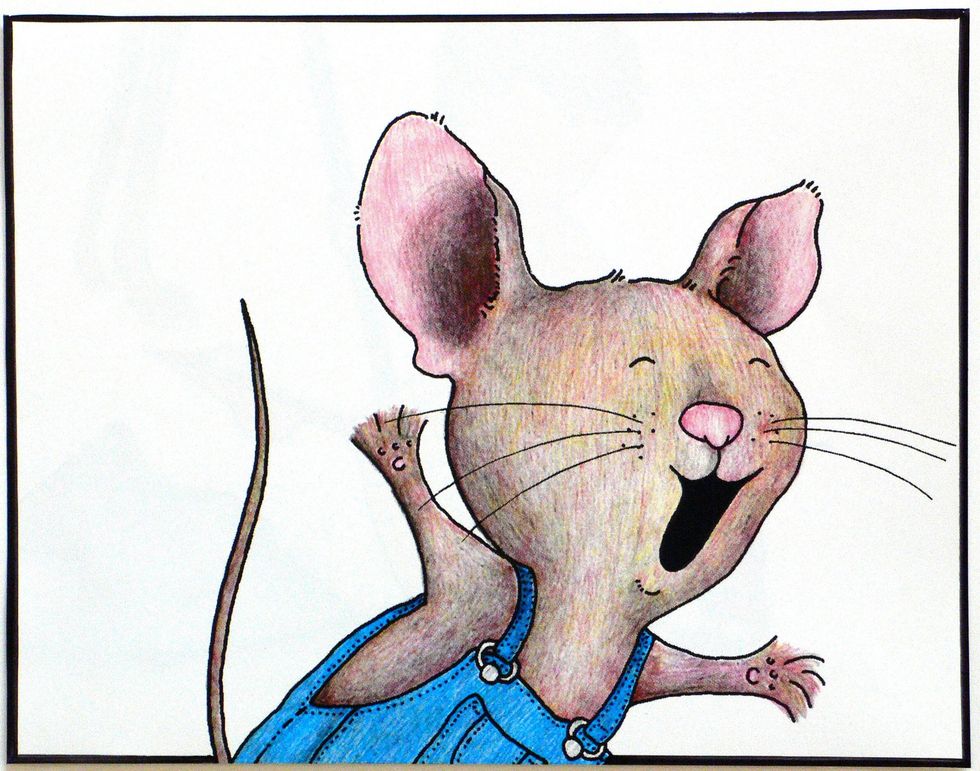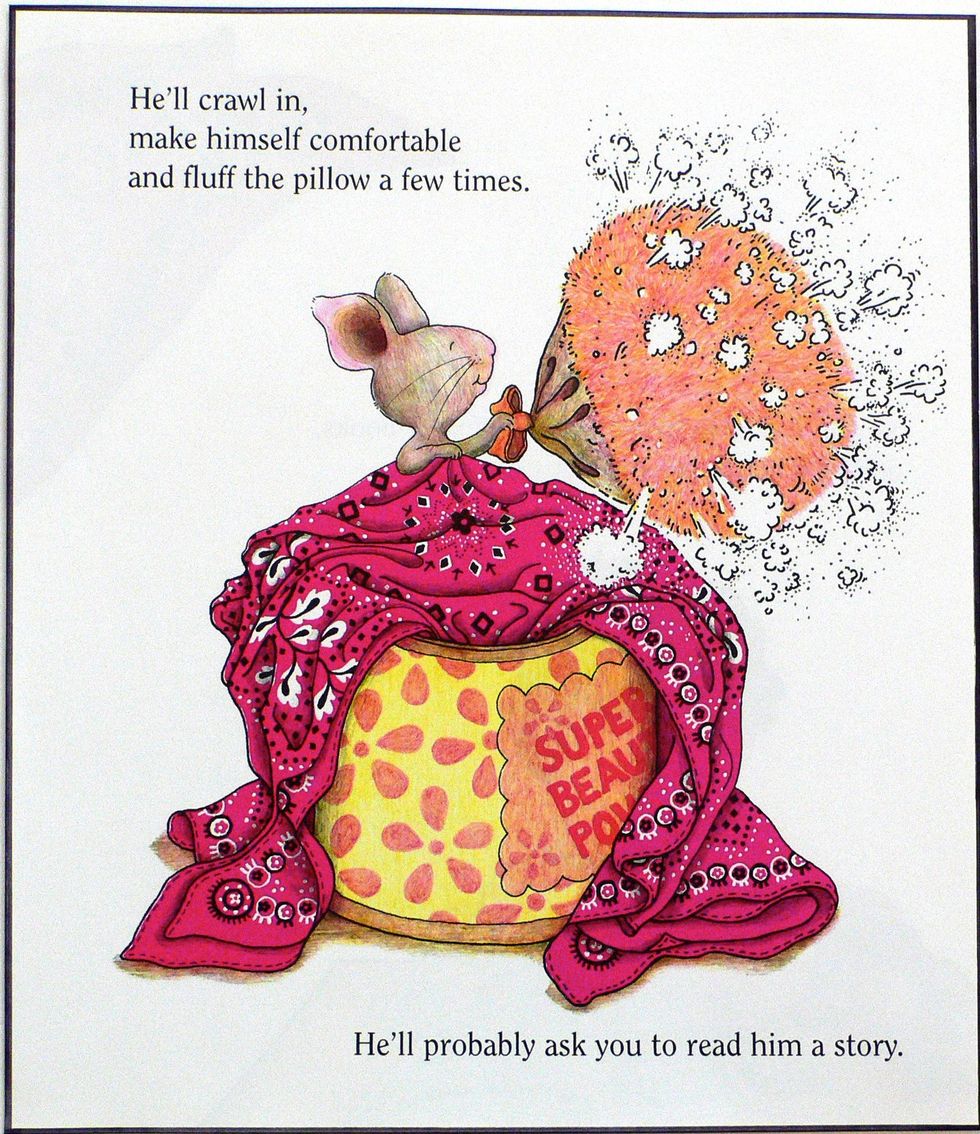When I was a child, perhaps age four or five, I owned a book bound in a burgundy shell with gold letterings on the cover which read "Bedtime Stories." The book depicted the classic fairy tales such as "Goldilocks"and "The Three Bears"and "The Troll Under The Bridge." However, there was always one story which captivated me with its portrayal of charity and good faith; that story became one of my favorite childhood memories. It may be presumptuous of me to suggest, but I believe that my love for reading was kindled by my favorite bedtime story which cradled my thoughts every night. A new sense of wonder guided me on the path of reading and storytelling.
In "The Star Money," the protagonist of the story was an orphan girl traveling with only a loaf of bread and the clothes she was wearing: a snug cap, a plain-yellowed dress and an aged robe. The girl walked through a forest and she encountered five people on her journey each of whom was troubled and aided by this compassionate little miss. The first person was a man who said he was hungry so the girl gave him the bread she planned to eat later in the evening, the next three were children nipped by the cold so she gave them her cap, robe and dress for warmth and the last person was a naked boy clothed by a pile of leaves so she gave him the last of her belongings, the undergarments on her back. By nightfall the young girl was left naked with nothing to call her own. Alone in a forest illuminated by moonlight and the stars, the girl wept as she fell asleep under the embrace of a tree only to be awakened by a shower of falling stars that bestowed her with a new dress and became coins in her hands. The light and dark undertones of this tale struck me as weird at first, but that weird feeling soon developed into a string of inquisitions and feelings of captivation.
"The Star Money" introduced me to the idea of good will towards your fellow man and the consequences that may happen to those who put others before themselves. As an elementary student I never liked reading. Whenever we had to fill out our reading logs in class, I went to the library, gathered the recommended readings from class, skimmed the blurb and copied the details of the book onto my reading log. I didn’t like the recommended reading because it didn’t evoke the same captivating sense of morality and faith that my favorite bedtime story did. "The Giving Girl" left my thoughts bewildered while the books I read in grade school uninterestingly explored the stories of youths with problems like making friends and lives that encompassed only school and home.
I suppose what drew me into the world of literature were the foundations of stories aside from plot, especially plots with cliché outlines. I like to read texts that contain meaning and communicate more than just shallow or censored ideas. The story of the girl who gave away all her things until she was left with nothing caused a spark of intrigue to ignite within me and caused me to wonder why certain characters follow certain behaviors, what circumstances surround those characters and what meanings the authors of such stories seek to illustrate through writing. Reading was a window into the experiences and minds of the many people who lived throughout history, all of which was recorded on the off-white pages of books. There is nothing more satisfying than sentences on a page dipped in the sweetness of wisdom and experience.
As I look back on my relationship with reading stemming from "The Star Money," I reminisce over the times I perused books like "The Book Thief," "The Great Gatsby," "The Stranger," "1984," and more. Every book I chose to accompany on my literary journey showed me who I am as a reader and my interests in the affairs of life, love, society, altruism, kinship and morality. "The Star Money" gifted me with the virtue of compassion and eyes that could see what was truly important. That was my first step on an invigorating and endless adventure within a world painted by ink, life and thought.




 Photo by
Photo by  Photo by
Photo by  Photo by
Photo by  Photo by
Photo by 















